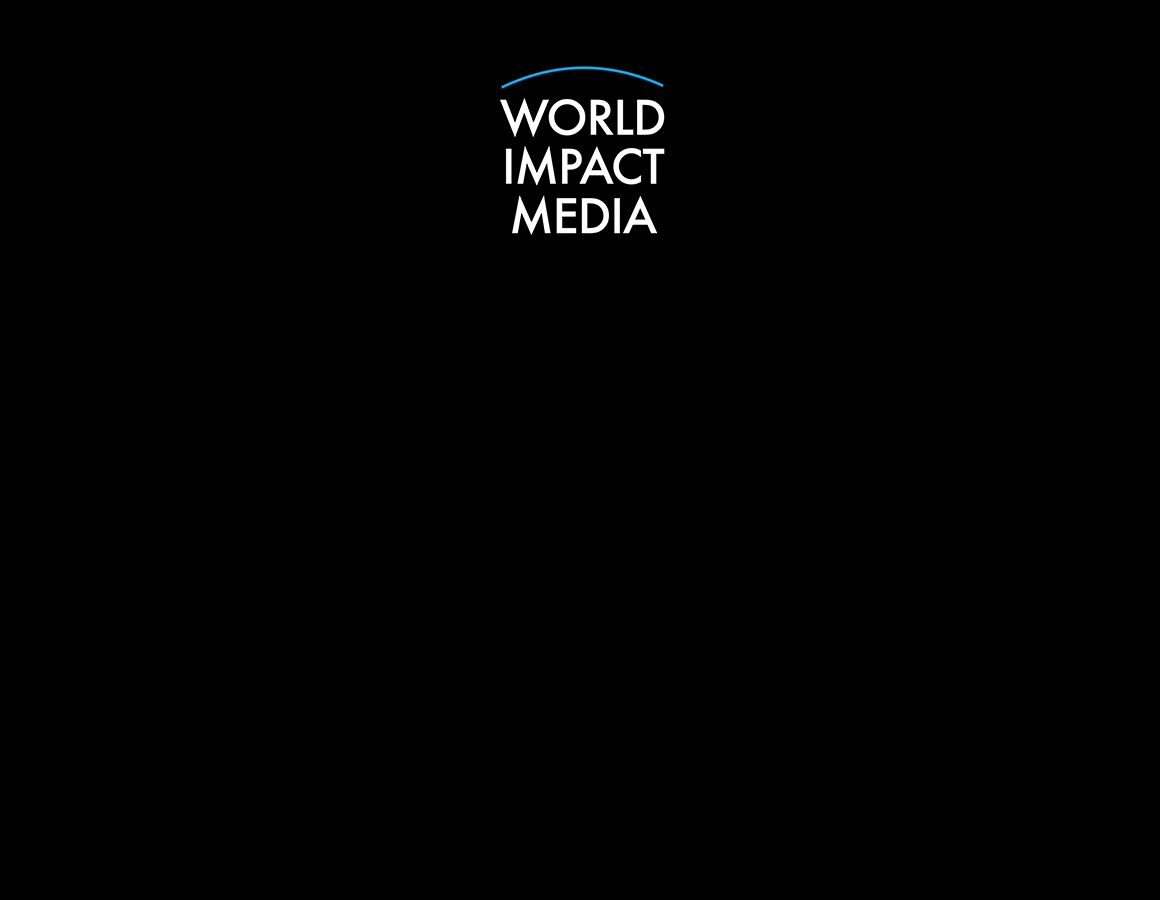As tensions escalate and the narrative shifts from nuclear containment to regime change, many fear that the conflict with Iran could spiral into a broader religious confrontation — one that goes far beyond political borders.
A War for Power or for Identity?
- While political leaders frame the conflict as a move to eliminate a hostile regime, Iran’s government is deeply tied to Shi’a Islamic ideology, and any attack on its leadership risks being seen as an attack on its religion.
- Critics warn that regime change in Iran could unintentionally ignite sectarian divides, not only within the country but across the wider Muslim world.
Risk of Regional Fallout
- Iran’s allies — including Shi’a communities in Iraq, Lebanon, Syria, and Yemen — may interpret the move as a religious offense, not just a geopolitical one.
- Sunni-majority nations allied with the West could be drawn into the conflict, intensifying existing divides and triggering proxy wars across multiple fronts.
The Symbolic Danger
- Targeting Iran’s leadership could be perceived as targeting the core of Shi’a resistance movements.
- Such perception could fuel extremism, radicalization, and long-lasting sectarian violence far beyond Iran’s borders.
Conclusion
What began as a confrontation over nuclear weapons and military threats is now being viewed by many as a deeper attempt to reshape the region’s political and religious balance. If regime change is truly the endgame, the world must tread carefully — because toppling a government is one thing, but awakening a religious war is another entirely.














